Sun Storms: Incredible Photos of Solar Flares
M6.5 Summer Flare
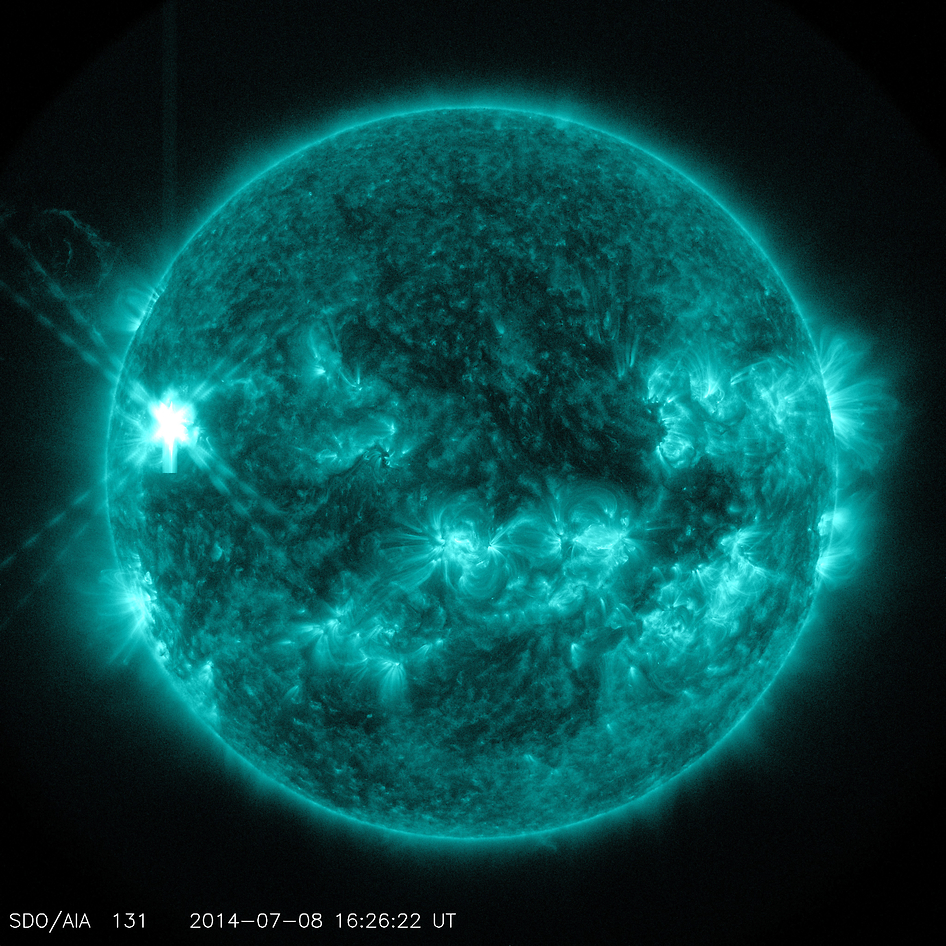
Solar flares are powerful blasts of radiation unleashed by the sun. X-class flares are the largest and most powerful, with M-class flares considered medium-size and C-class flares being the smallest and most minor types of sun storms. When aimed directly at Earth, solar eruptions can trigger geomagnetic storms and knock out power grids and communications. Here are some spectacular photos of solar flares.
In this photo, a mid-level flare, an M6.5, erupts on the left side of the sun. This image was taken on July 8, 2014, by NASA's Solar Dynamics Observatory.
Three flares in 24 hours
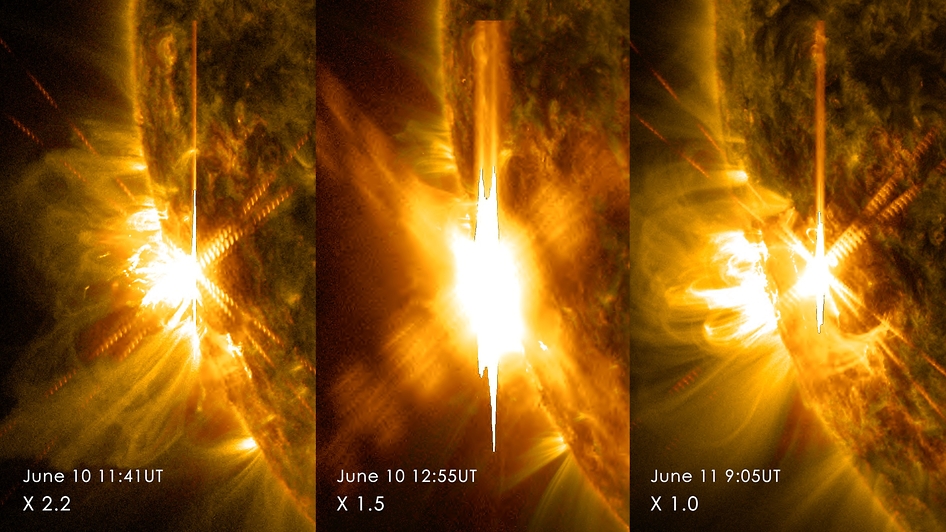
Three X-class flares erupted from the sun from June 10-11, 2014. These images are from NASA's Solar Dynamics Observatory.
The sun emitted an X2.2 flare, peaking at 7:42 a.m. EDT on June 10, 2014. The second X-class flare, an X1.5, peaked at 8:52 a.m. EDT on June 10, 2014. On June 11, 2014, the sun erupted with its third X-class flare in two days. The flare was classified as an X1.0 and it peaked at 5:06 a.m. EDT.
SDO Sees M6.5-class Solar Flare
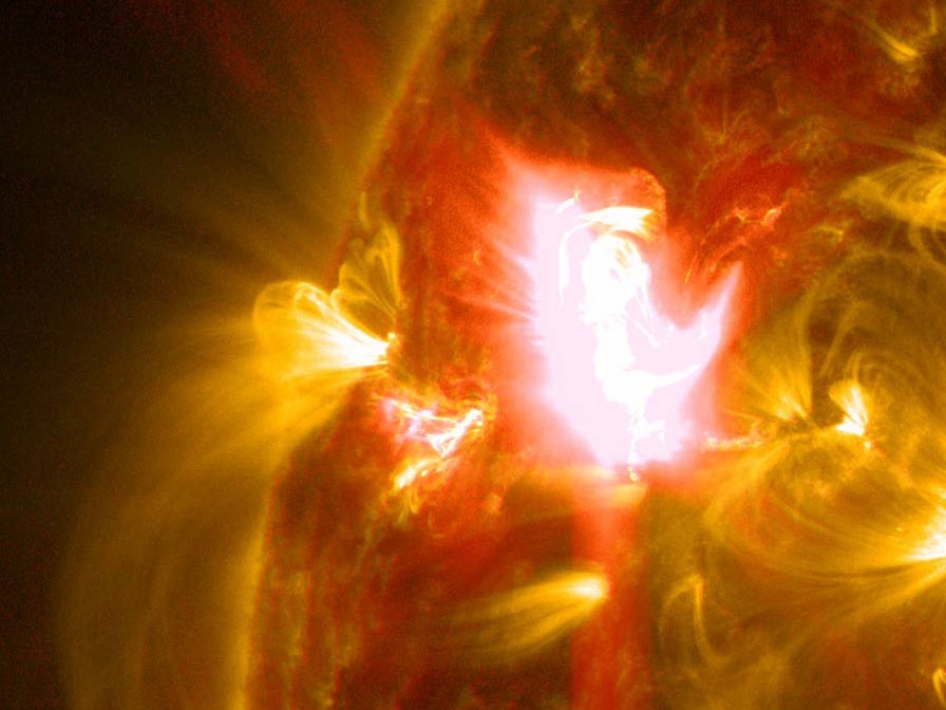
An M6.5 flare erupted from the sun on April 2, 2014, peaking at 10:05 a.m. EDT.
M7-class Solar Flare Observed by SDO
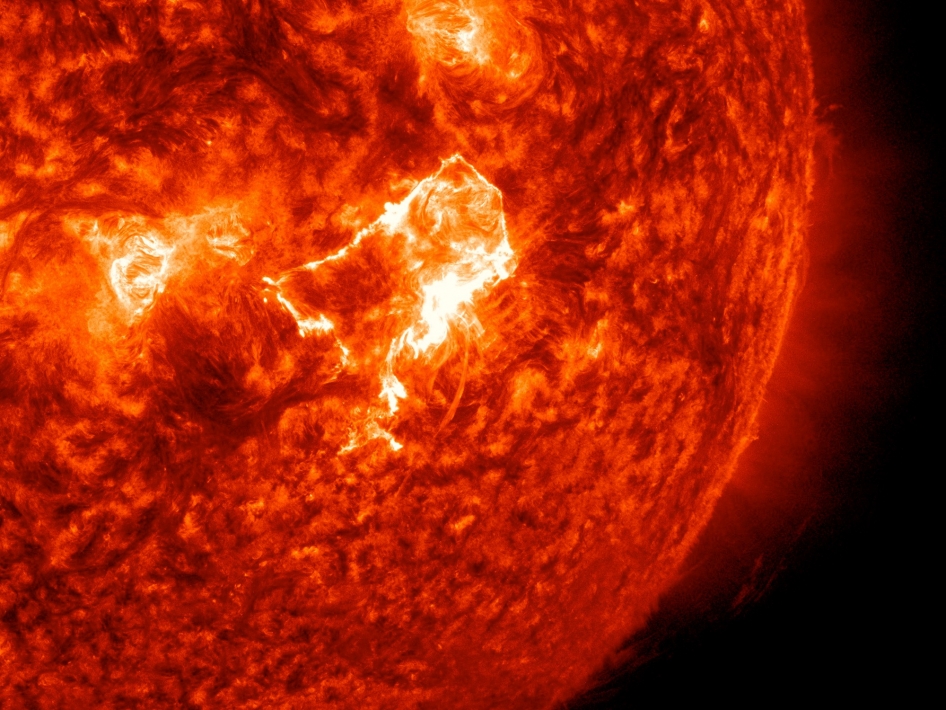
A mid-level flare burst from the sun on April 18, 2014, visible as a bright spot in the center of this image.
Sun Emits X1 Solar Flare
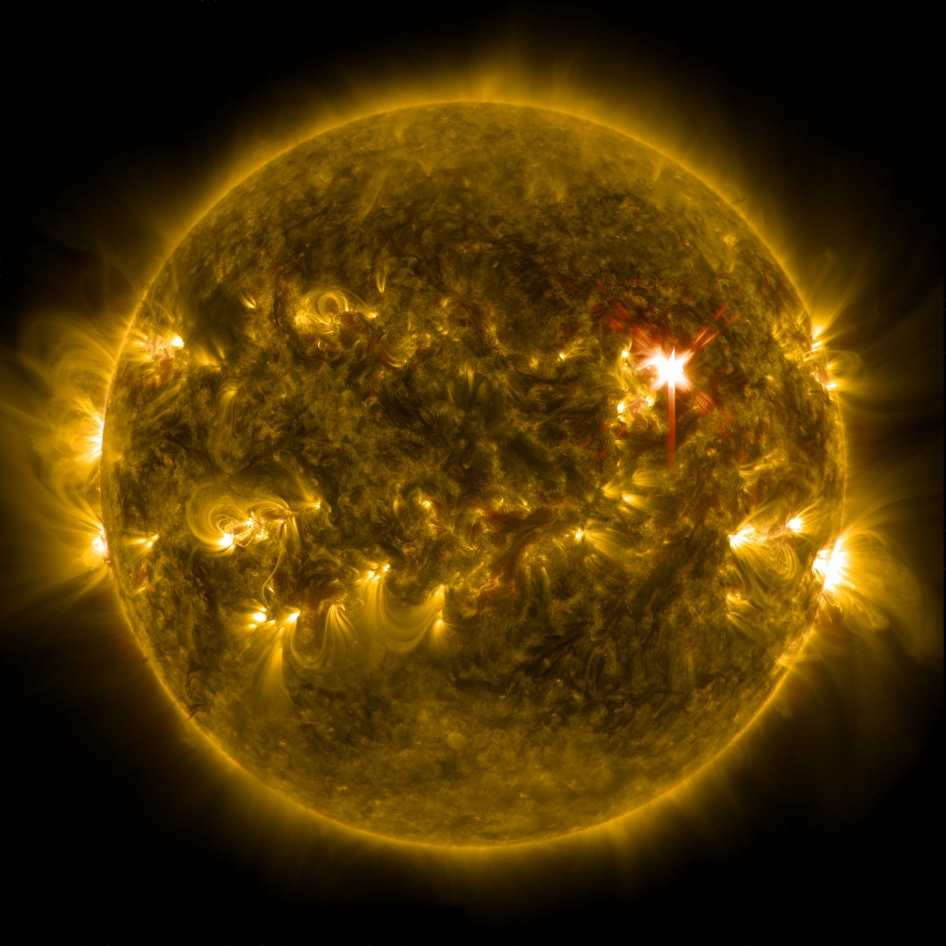
Extreme ultraviolet light streams out of an X-class solar flare as seen in this image, captured on March 29, 2014, by NASA's Solar Dynamics Observatory.
Close-up of M9.3-class Solar Flare on Mar. 12, 2014
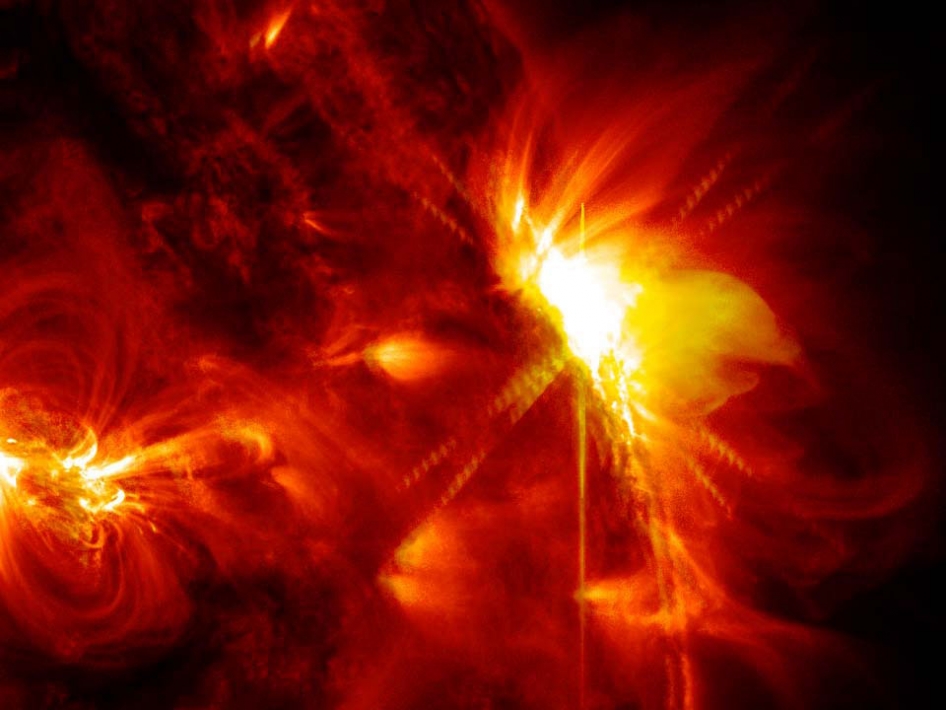
A solar flare erupts on the far right side of the sun in this image, captured by the Solar Dynamics Observatory on March 12, 2014.
M9.3-class Solar Flare Seen in 3 Wavelengths
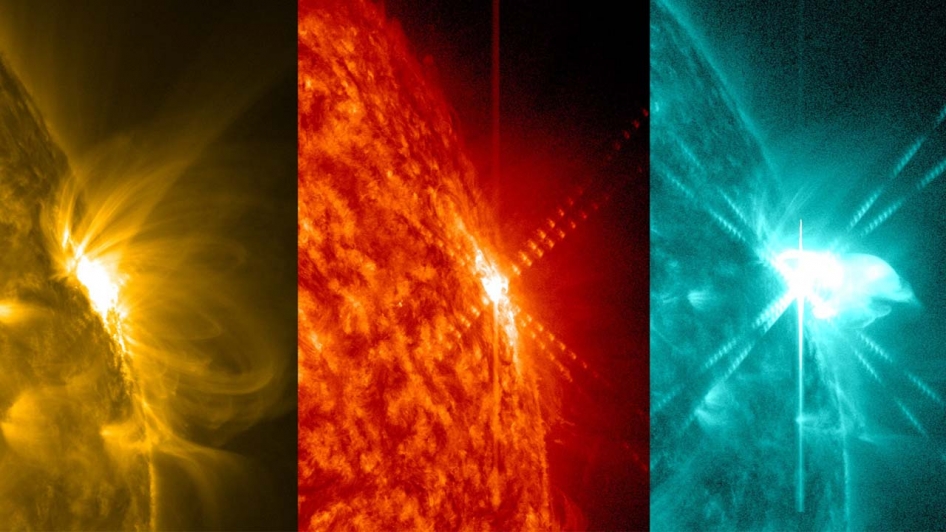
NASA's Solar Dynamics Observatory captures images of the sun in many wavelengths of light at the same time, each of which is typically colorized in a different color. Each wavelength shows different aspects of the same event, as seen in these three separate images of a solar flare on March 12, 2014.
Get the world’s most fascinating discoveries delivered straight to your inbox.
Multiple Wavelengths of X4.9-class Solar Flare
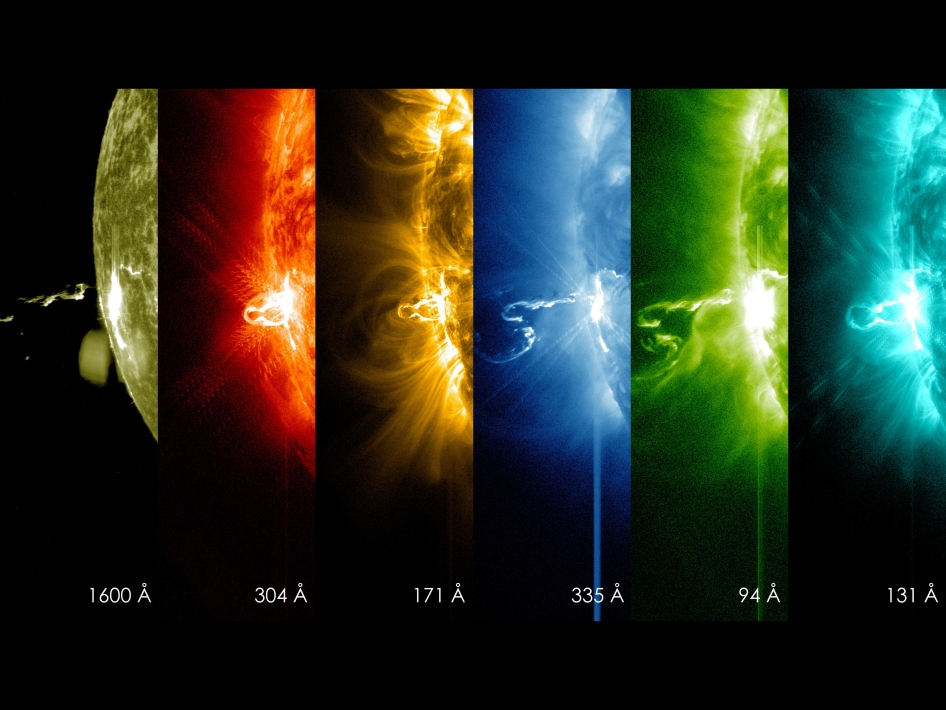
These SDO images, from Feb. 24, 2014, show the first moments of an X-class flare in different wavelengths of light (seen as the bright spot that appears on the left limb of the sun). Hot solar material can be seen hovering above the active region in the sun's atmosphere, the corona.
These different wavelengths taken simultaneously by the Solar Dynamic Observatory, view the sun with focus on different regions of the sun's corona.This is why the images do not appear exactly the same, with some showing more detail than others.
SDO Capture M6.6-class Solar Flare - Zoom
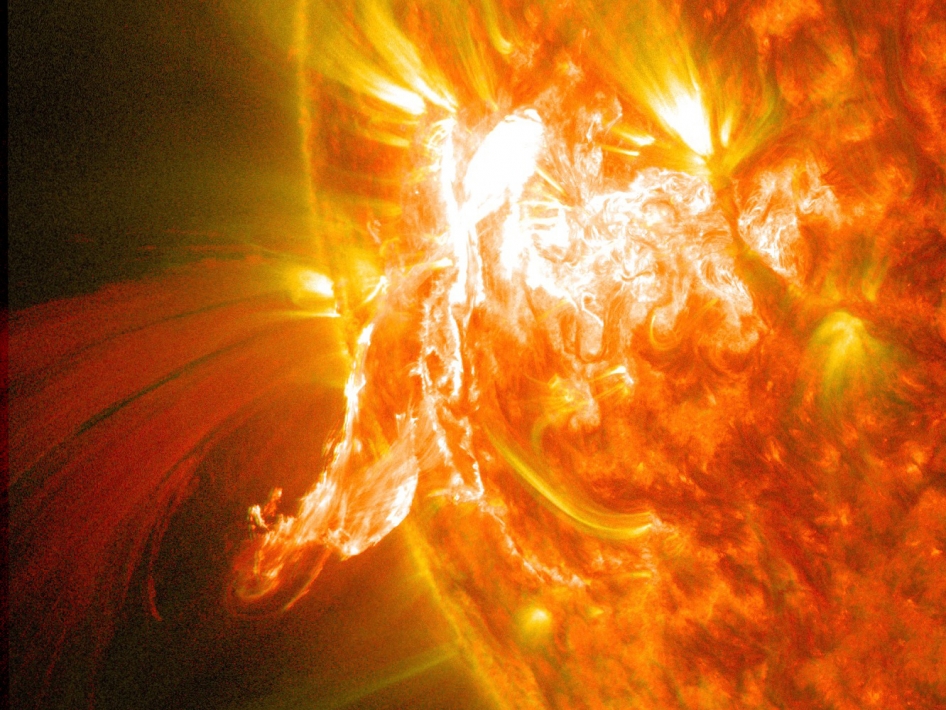
An M6.6 flare, erupted on Jan. 30, 2014 and was captured here by NASA's Solar Dynamics Observatory.
SOHO Captures Jan. 14, 2014 CME
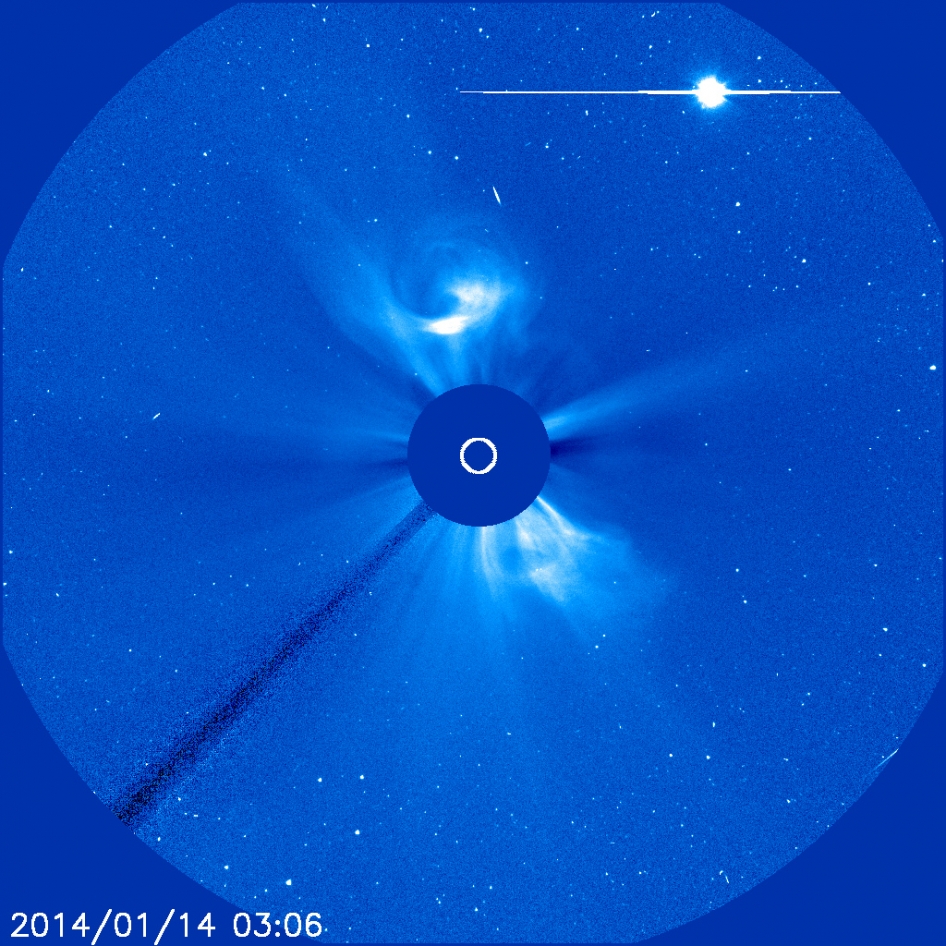
A coronal mass ejection, or CME, is seen on Jan. 14, 2014, erupting away from the sun in this image from the ESA/NASA Solar and Heliospheric Observatory. In this photo, the sun is obscured to make the dimmer solar atmosphere more visible. The bright image in the top right is Venus.
SDO Captures First Signicant Flare of 2014
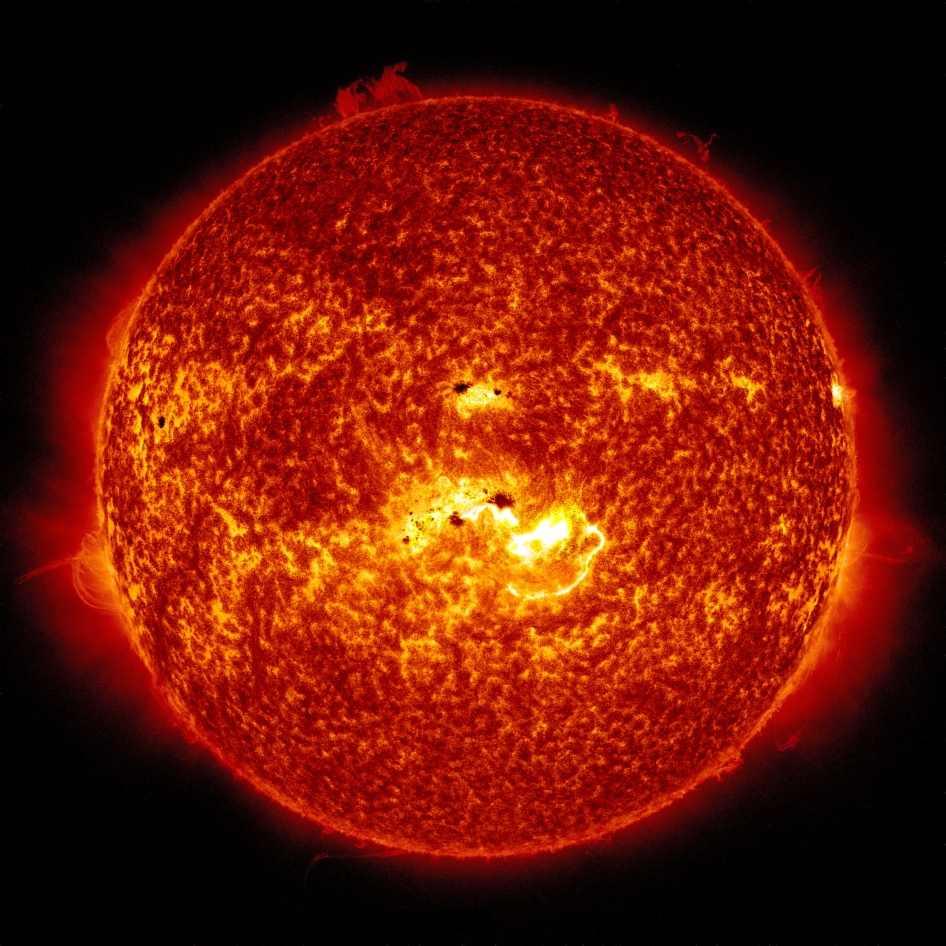
This photo combines two images from NASA's Solar Dynamics Observatory, captured on Jan. 7, 2014. Together, the images show the location of a giant sunspot group on the sun, and the position of an X-class flare that erupted at 1:32 p.m. EST.



